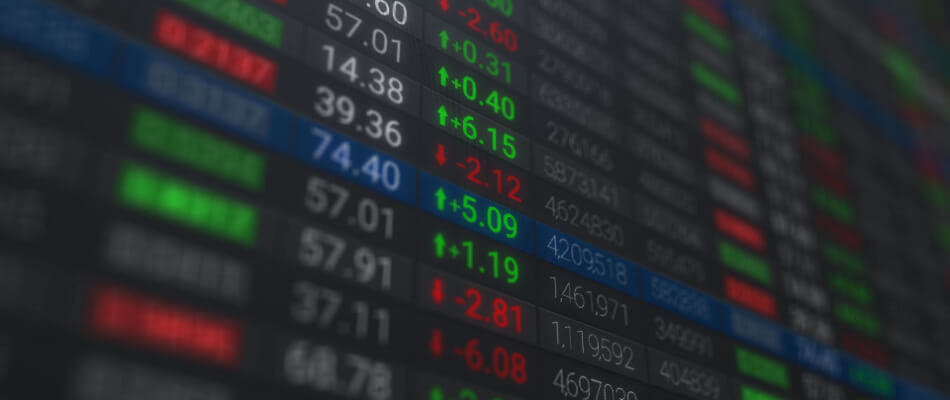Comparing bonds
The yield of the day is not a suitable tool to compare bonds and the yield. A better tool to use for this is the effective yield. This takes into account a combination of the investment at the time of purchase, the nominal value at the end of the term and the coupon interest present .
You could conclude that bonds are a safe investment option and that these products are therefore often present in the world of an investor. Bonds are often purchased to restore the balance with risky investments, nevertheless it is always wise to calculate the effective return on a bond purchase. The (remaining) term of a bond plays a major role in this. With bonds, even if the price increases due to a low market interest rate, a high return can still be achieved.
What does effective yield mean?
The effective yield is also known as: ‘Yield to maturity’. This means that the expected total return is held as a bond until the end of the term. The coupon payments are all reinvested at the same interest rate.
The effective yield versus the coupon yield
Please note that you should not confuse the effective yield with the coupon yield on a bond. The present value of all future interest paid or received on a bond is called the effective yield. The official name for the effective yield is also ‘Yield’, which means that profit or loss is also taken into account in addition to the coupon yield.
An example of the effective yield
In this paragraph we will explain to you by means of an example how the effective yield on a 10-year loan can be calculated.
A 10-year government bond (93-03) with a coupon of 7% was redeemed in full in 2003. The coupon of this bond expires annually on 15-02. The stock market price on 15-05-1995 was 101.25%, which means that if you had bought a €1,000 bond on that day for the price of €1,012.50 (the sometimes 101.25% times €1,000), there would have been a disadvantage of €12.50 upon redemption.
Because you have to calculate the return on an annual basis, this disadvantage must be spread over the remaining term of the loan. The remaining term from 15-05-1995 to 15-02-2003 in this case was 7 years and 9 months (or 7.75 years). This means that the calculation on 15-05-1995 looked like this (with the effective return of the 7% government loan):

The effective yield:
(0.07 per €1,000) + ((€1,000 – €1,012.50) / 7.75) / ((€1,000 + €1,012.50) / 2) = 6.78%
The current market interest rate is influenced by the price of the bond . How much compensation and interest investors want to receive depends on what the recipients of capital (companies and government) are willing to pay. As supply and demand vary and interest rates rise and fall, a new balance is created each time.
Compare brokers and start investing in bonds
Are you excited about investing in bonds after reading this article? Compare brokers with a bond offering and find the broker that suits you best!